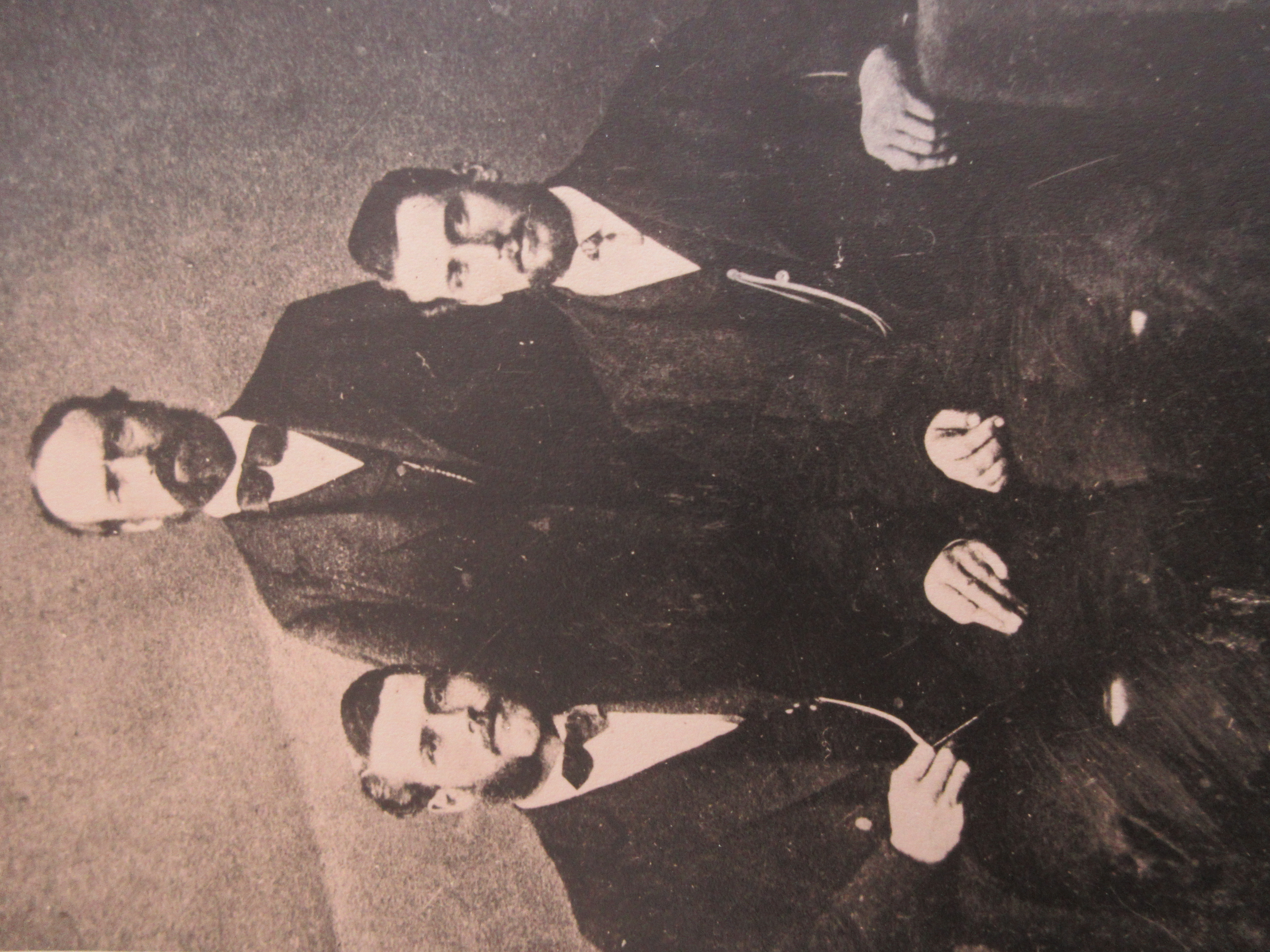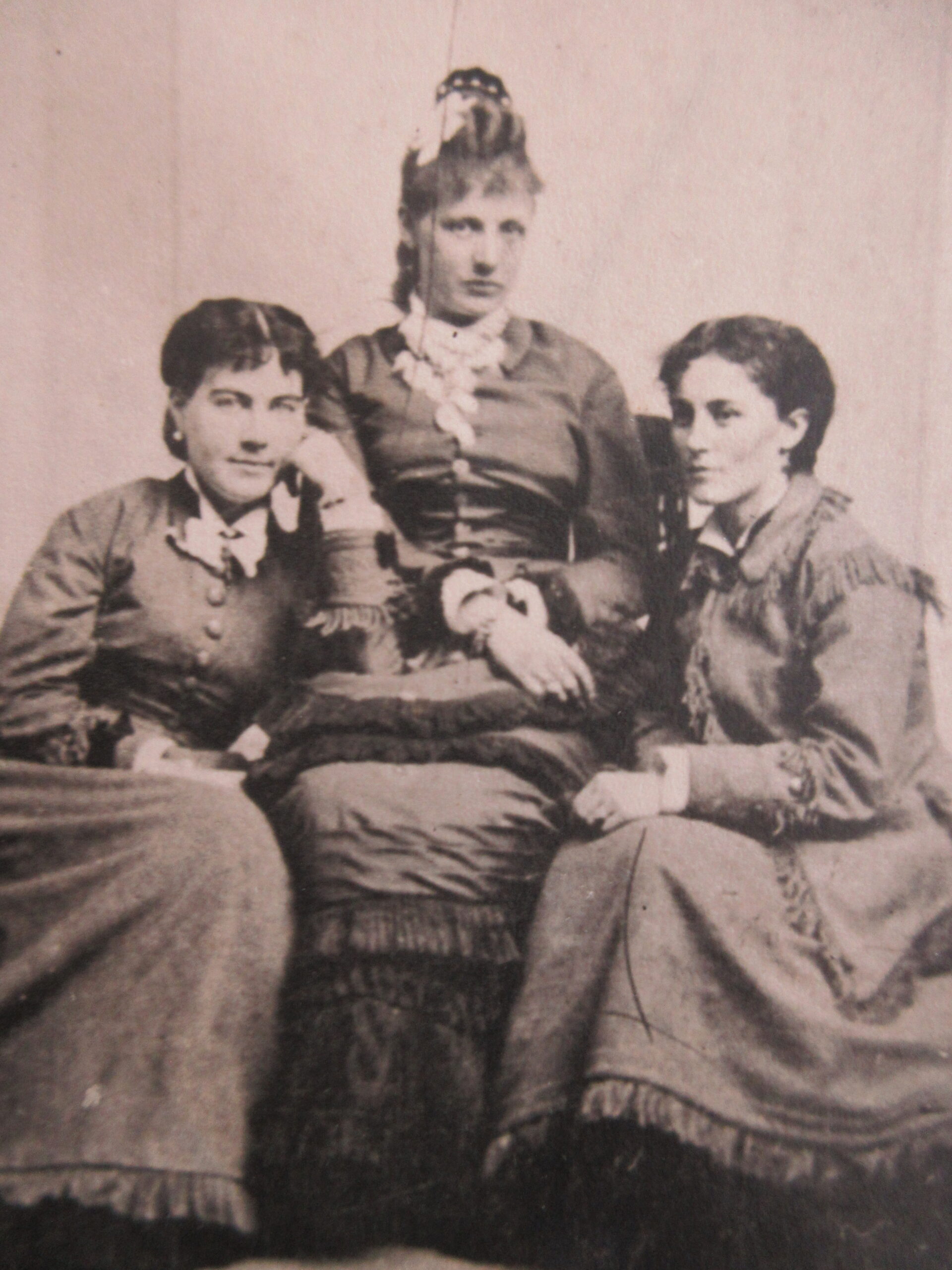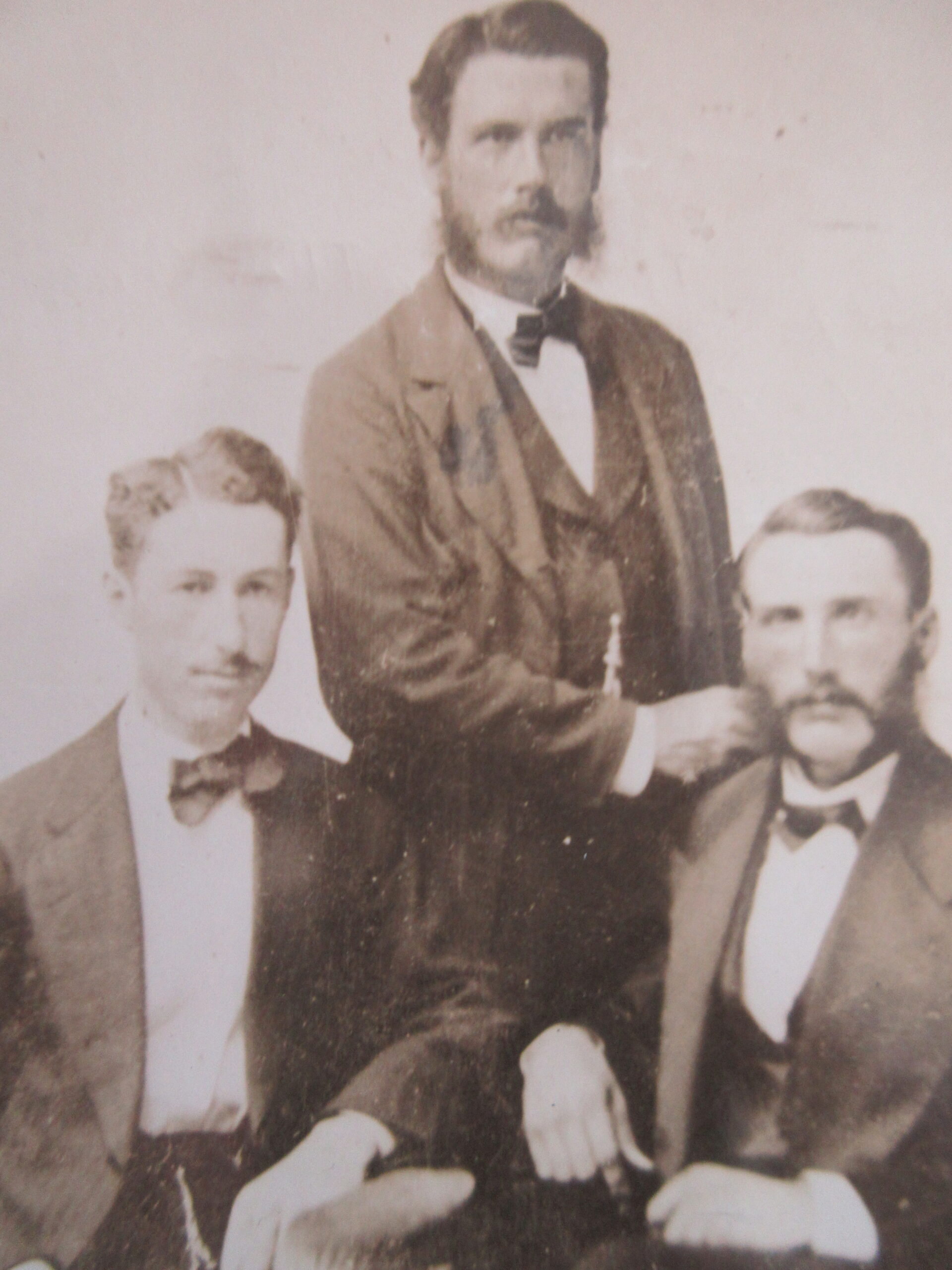Tristram Thurlow Corbett
The legacy of a sea captainThe coastal town of Cutler, Maine, with its picturesque harbor, produced many of the captains and crews that manned the full rigged ships built in Maine for voyages throughout the oceans of the world in the 1800s. Among the shipmasters where my great grandfather and namesake Captain Daniel Corbett and his two sons, Daniel Elwin and Tristram Thurlow, the later my maternal grandfather.
Although records are sketchy as to the maritime career of Captain Daniel, it is known that he was the original Master of the brigantine Lena Thurlow, and his entire crew was made up of men from the town of Cutler. In 1871 during a hurricane off the Bahamas, Captain Daniel died suddenly of a broken blood vessel while assisting his crew in lowering the sails. He lies buried on New Providence Island in the British West indies.
His son, Tristram, then first mate and only 25 years of age, assumed command of the Lena Thurlow upon his father’s death. In 1876, Captain Tristram married Clara Lavinia Willeby of Philadelphia, who accompanied her husband on most of his sea voyages extending over a period of nearly 30 years and shared with him the terrors and hardships of hurricanes and shipwrecks. Her forebears were clipper ship captains engaged in the tea trade with China, and we have in our home a mahogany sea chest once filled with treasures from the far east brought by her father to his bride in 1847.
Captain Tristram later became master of the bark Olive Thurlow, 634 tons, built in Calais. In 1882, the Olive Thurlow sailed from New York bound for Adelaide Australia, 123 days distant by way of Cape of Good Hope with a cargo of case oil and white pine planks. The ship’s company included six men before the mast mostly A.B.s, two mates, a cook, steward, and cabin boy. Accompanying Captain Tristram on this voyage were his wife and their two small children, Willeby and Olive, and later while laying at anchor off Noumea, New Caledonia, my mother, Eugene Abigail, was born.
Until they reached school age, all three children were with their parents on subsequent sea voyages, and were schooled by their mother in the Three Rs together with readings from the Bible and popular novels of the day, such as those by Charles Dickens and Francis Hodgson Burnett.
On the Fourth Of July, 1883, while in port at the Lobos de Afuera Islands, Captain Dickinson of the Alice M. Minot of Bath, invited all captains in the harbor and their families to a turkey dinner, the birds having been carried in coops from the States. Lacking fireworks, a number of empty tar barrels were lighted and set adrift, and the holiday further was celebrated with sailing and rowing lifeboat races between the crews of the ships in port.
When lading of cargo for Havana was completed, the Olive Thurlow set sail home around Cape Horn and fortunately did not encounter the turbulent weather usually associated with the cape. However, off the coast of Brazil, the ship was becalmed for several days in the doldrums, but eventually the cargo was delivered at Havana and the bark arrived in New York harbor some 14 months after her departure.
In the spring of 1890, the 650-ton barkentine, Eleanor M. Williams, was launched at Machias. She was built for Captain Daniel Elwin by the master shipbuilder, John Shaw of Machias, who constructed 56 vessels between 1847 and 1890 in Harrington, Cherryfield, Machias, and Machiasport.
On her maiden voyage, the Williams was laden at Wilmington, Delaware, with steel rails, railway cars, and locomotives consigned to Santos, Brazil. At about this time, Captain Tristram and his Olive Thurlow sailed from New York to Rio de Janeiro with general cargo and the two brother captains rendezvoused in the harbor at Rio.
While the Williams was waiting to discharge her cargo at Santos, a yellow fever epidemic swept through the port and Captain Elwin, together with most of his crew, died of the disease for which at that time was no known cure. Captain Tristram, then en route to New York, put in at Barbados upon hearing of his brother’s death and returned to Santos to hire a new crew and return the Williams to New York.
At Barbados, he had turned command of the Olive Thurlow over to Captain William H. Gooding of Yarmouth, a longtime friend who had been serving as first mate aboard his ship. A few years previously, Captain Gooding had lost his own vessel, also a bark, on an uncharted coral reef in the South Pacific, and he and his crew were held captive by natives for almost two years. It is not known whether the natives were friendly, but the story is that Captain Gooding was offered the position of tribal chieftain before he and his crew eventually escaped.
In her diary, my aunt Olive wrote of one harrowing 92-day voyage aboard the Williams when she and my mother accompanied their parents to Montevideo. Because the ship had to tack continuously to avoid beaching on the northeast coast of South America, the United States council in Montevideo cabled New York that the vessel and all hands apparently had been lost at sea.
Olive recorded being held outside the Rio la Plata for two weeks by a pampero blowing from across the pampas; of supplying potatoes to a Norwegian ship, whose crew was suffering from scurvy, in return for casks of water since all aboard the Williams had been drinking boiled rainwater for weeks; and of a severe hurricane just before Thanksgiving off New York harbor when 40 to 50 foot waves threatened to engulf the Williams, and only a goose-wing topsail could be raised. She recalled sitting with my mother in the lee of the vessel while it was well heeled-over, and using long poles with hooks at the ends, to capture seaweed filled with coral, shells, and forms of sea life from the Sargasso Sea.
Approaching Cuba early one evening in the spring of 1903, the Williams grounded on a coral reef near the Bimini Island in the Bahamas. The vessel was soon a swarm with native Bahamians anxious to make off with anything not nailed down, and it was only with some difficulty that my grandmother dissuaded one robust native from walking off with her best black silk dress. When later it was determined that the barkentine’s stern post had broken making salvage impossible, the Williams was abandoned.
The Olive Thurlow was sold to the Pendleton Brothers of South Street, New York, owners of a large fleet of schooners, and some years later sank off Cape Hatteras in a hurricane. Captain Tristram and my grandmother, together with other former Maine sea captains and their families, retired to Rockville Centre, New York. Here the captain lived, until his death in 1908, on a street named Maine Avenue in honor of those courageous men of the seven seas.
Source: Dunn, Daniel S. “Cutler produced captains and crews.” Bangor Daily News. November 27, 1975: 6
 From left to right: Tristram Thurlow Corbett, Daniel Corbett, Daniel Elwin Corbett
From left to right: Tristram Thurlow Corbett, Daniel Corbett, Daniel Elwin Corbett
 Clara Lavinia Willeby Corbett (center)
Clara Lavinia Willeby Corbett (center)
 From left to right: Louis Thurlow (cousin), Tristram Thurlow Corbett, Daniel Elwin Corbett
From left to right: Louis Thurlow (cousin), Tristram Thurlow Corbett, Daniel Elwin Corbett
Corbett
Stories and memoires
- Tristram Thurlow Corbett: The legacy of a sea captain
- Jeanette Thurlow Corbett
- Saga Of The “Olive Thurlow”
- Olive Corbett Duncan: Memoire
- Willeby T. Corbett: Memoire
The Ships
